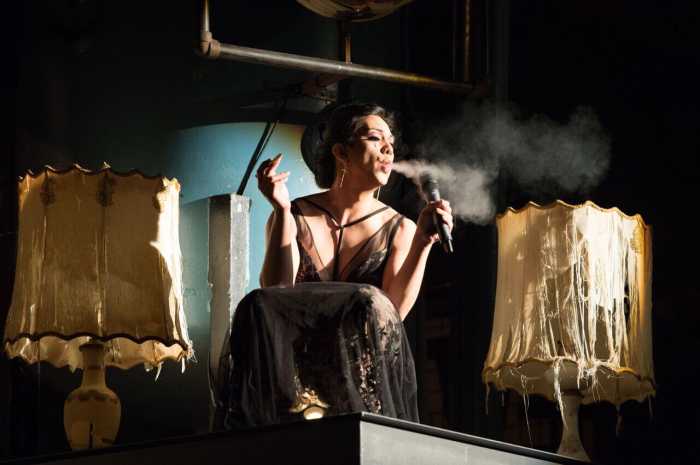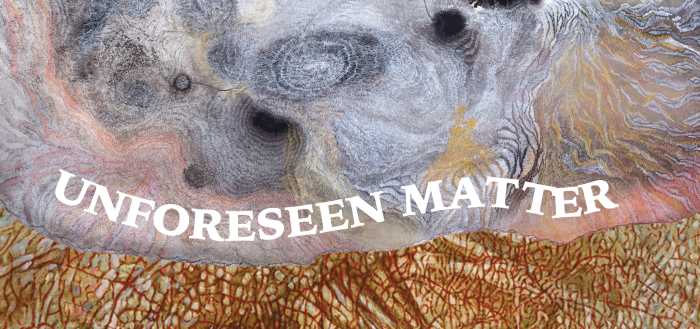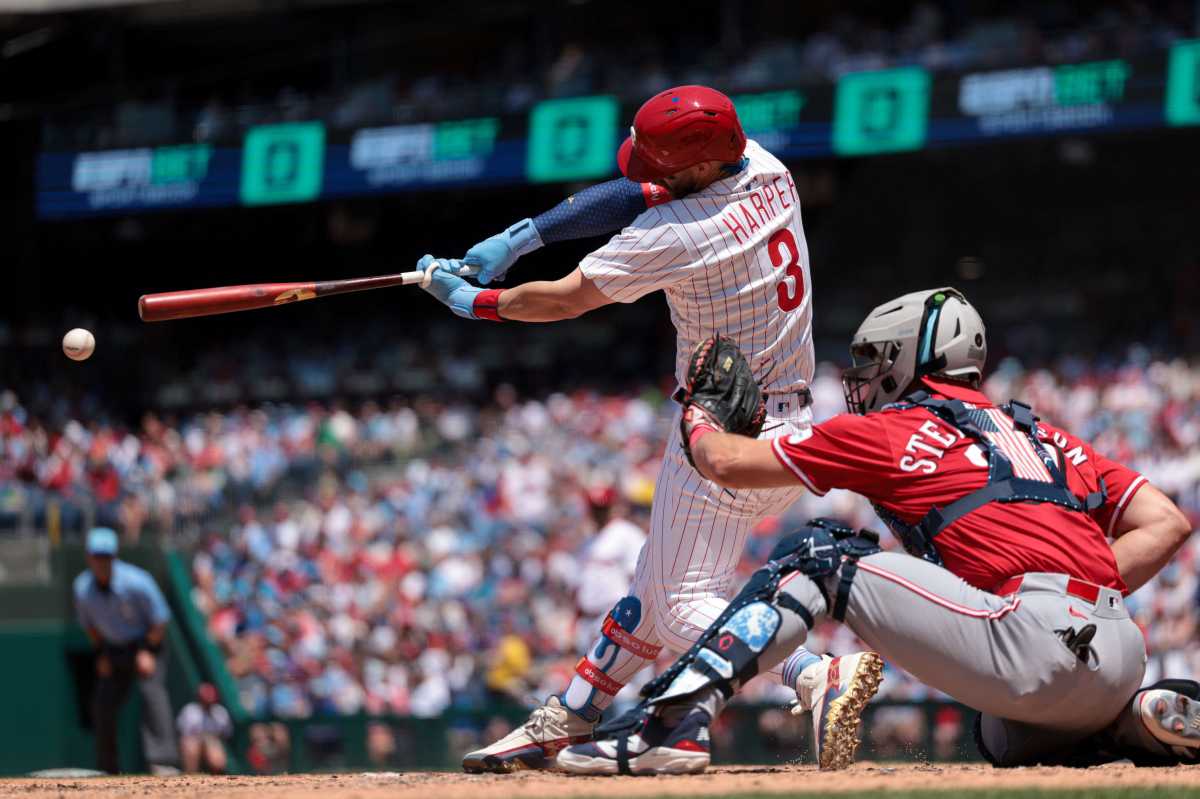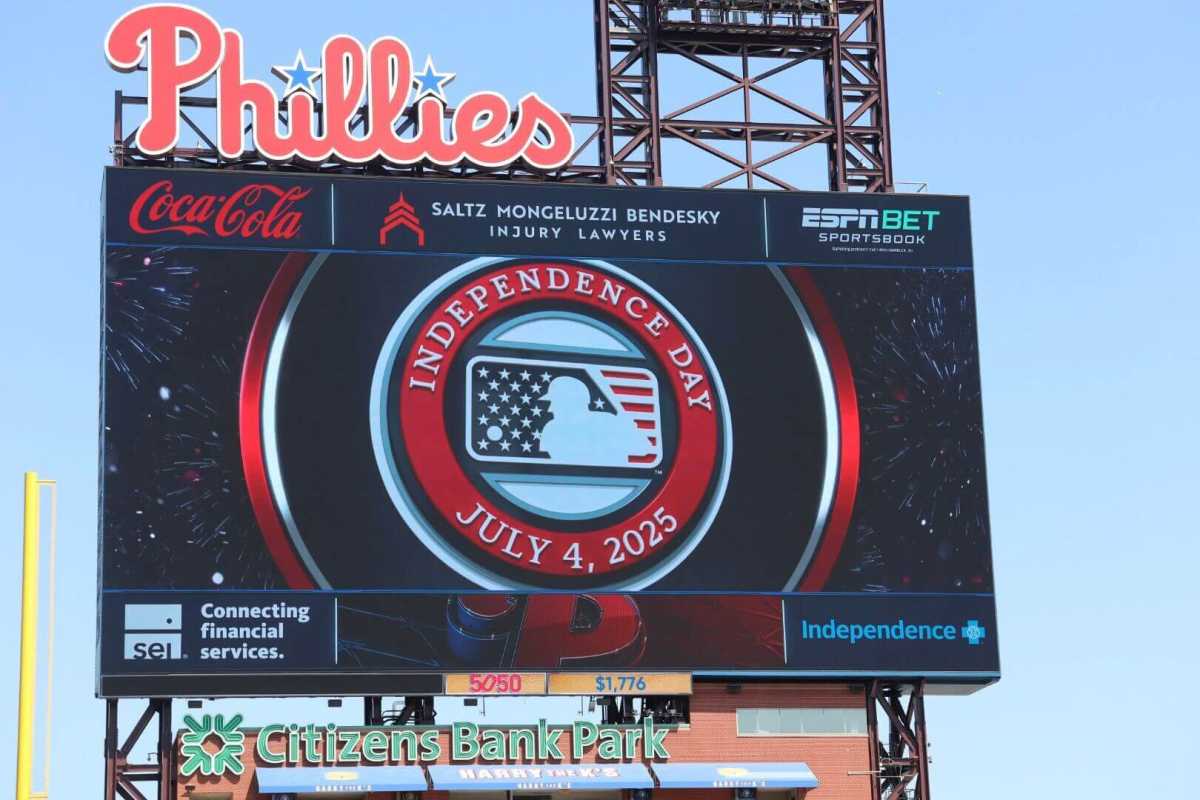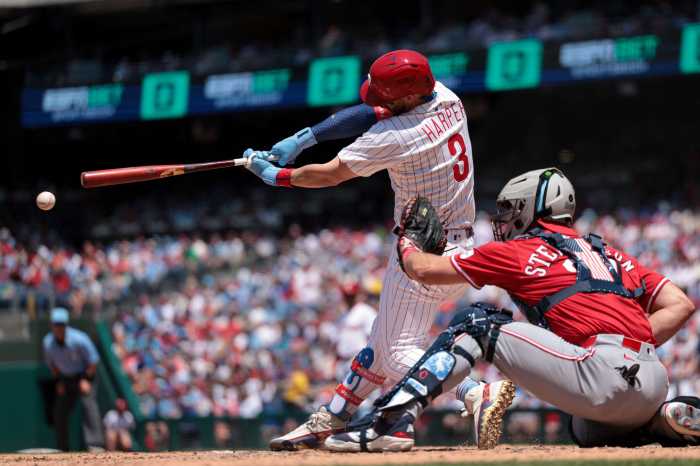Chaïm Soutine was a Russian painter who made his mark on the expressionist movement while living and working in Paris. Willem de Kooning on the other hand was a Dutch-American abstract expressionist artist who gained fame for his own work, which he credits partly to Soutine for inspiration. The two artist’s works were connected through that inventiveness, yet Soutine and de Kooning had never met themselves—in fact there are decades that separate them both in age. Yet, their paintings will have a conversation of their own at The Barnes Museum’s latest exhibit.
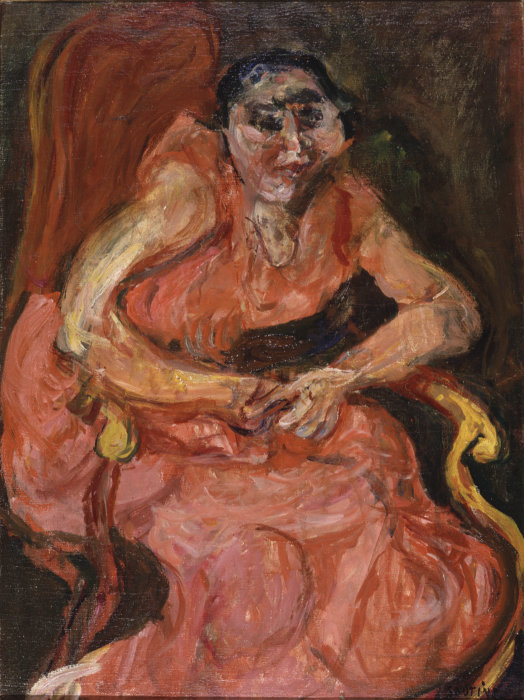
Saint Louis Art Museum. Given by Sam J. Levin and Audrey L. Levin, 1992
Artwork © 2021 Artist Rights Society. New York Bridgeman Images
“[Visitors will] be seeing the works of these two artists perceived in a virtual conversation by having their works together,” says Simonetta Fraquelli, co-curator of the exhibit and consultant curator for the Barnes Foundation.
‘Soutine / de Kooning: Conversations in Paint’ is on display now at the Philadelphia cultural institution, and art-hungry patrons have until August to witness the “discussion” between the two painter’s works themselves. As Fraquelli explains though, it’s not that de Kooning was looking and answering a particular painting from Soutine, but it’s a similar approach that they both have, and that’s what The Barnes tries to focus on in this exhibition.
“Soutine was an artist that de Kooning very much admired,” says Fraquelli. “He looked at his work on repeated occasions during his lifetime. He spoke very highly of Soutine and spoke about how he admired his work and even went as far to say that he was his favorite artist. De Kooning is someone who had looked at a lot of art from all different periods and it was curious that in 1977, he actually singled out Soutine.
“We brought together about 42 works from these two artists, and we show them in tandem together in the same room. We really try to bring out the affinities with their work, because they do have some strong affinities….Their brush strokes, the way they color, the way they work in a partly abstract way—these are all things that link the two artists.”
Although Soutine was an artist who was working in Paris primarily between 1913 and the second world war and de Kooning was located thousands of miles away many years later, the two men have similarities as well as unique attributes…which is a recipe for an interesting conversation, even without words. Both artists were obviously very expressive in the paint medium, and they were able to create canvases that were expressive in different ways. Both Soutine and de Kooning explore the abstract world, but Fraquelli explains that they also weren’t fully abstract. In fact, de Kooning specifically worked in an abstract mode to a certain extent, but he never lost sight of figurative elements. So, he combined the two, something which was quite unusual amongst his peers at the time. That all was motivated somewhat by de Kooning’s admiration for Soutine as well.
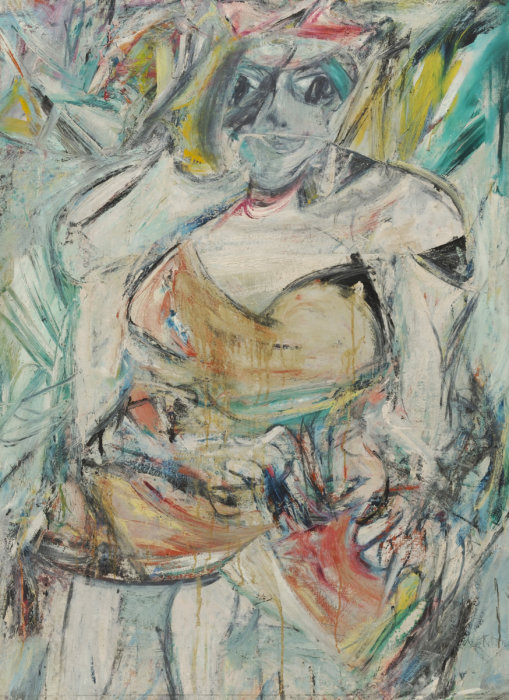
The Museum of Modern Art, New York. Gift of Blanchette Hooker Rockefeller, 1955; Artwork © 2021 The Willem de Kooning Foundation / Artists Rights Society, New YorkThe Museum of Modern Art/Licensed by SCALA / Art Resource, NY
“Bringing them together is not some random fabrication, it’s something based on a very real connection in terms of de Kooning looking at Soutine’s work,” continues Fraquelli. “The Barnes also has a direct link to de Kooning as well. He came to the Barnes to see the Soutine’s collection in 1952. He had seen Soutine’s work in New York in 1950, but was taken with the [art] at the Barnes.”
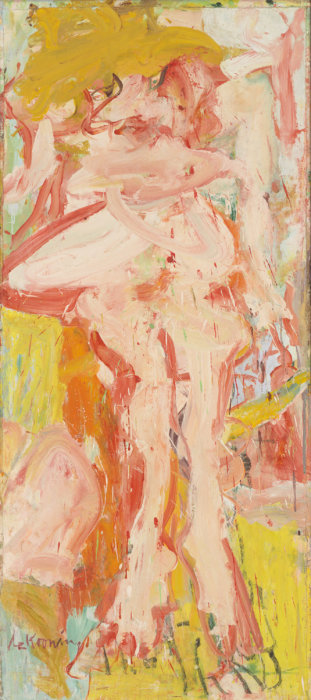
Speaking of connections, Soutine’s work also ultimately ended up at the Barnes because of Dr. Albert C. Barnes himself. Barnes was taken with Soutine’s work when on a buying trip in Paris, and being someone who was already taken with late 19th century artists and early 20th century artists, he collected well over 50 pieces. This ultimately changed Soutine’s fortune and reputation forever.
“In that sense, the Barnes is the ideal place to hold this collection,” says Fraquelli.
This exhibition in Philadelphia is the world-premiere and sole showing in the U.S. After its run at The Barnes, it will also travel to the le Musée de l’Orangerie in Paris, later this year. The art work on display from both painters came from all over though: Soutine’s ‘Hill at Céret’, came from the Los Angeles County Museum of Art, while his ‘Portrait of Madeleine Castaing’ was originally from the Metropolitan Museum of Art in New York. On the other hand, the famous ‘Woman’ paintings by de Kooning from the early 1950s hailed from the Museum of Modern Art and even a private collection, while his later piece, the ‘North Atlantic Light’ came from the Stedelijk Museum in Amsterdam. However, the other 40 or so works also come from notable venues such as the Guggenheim, the Musée de l’Orangerie and more.
“We have many key works from these artists, and I think it’s a rare opportunity because they’re both artists who are well known in their own right, and understandably De Kooning is better known in America than Soutine is…But I think there is an opportunity to see their work together. This is what exhibitions are all about. Normally, you would have to go to two separate places, but to actually have the opportunity to see their work together is quite unique,” says Fraquelli.
The exhibition is structured around a series of themes, including the oscillation between the figurative and the abstract; the conflation of figure and landscape; the artists’ mutual fascination with painting flesh; and the similarities in their working practice. It’s something that Fraquelli says you also have to see in person because there’s a “very tactile energy with the way these two artists paint.”
Fraquelli also went into how exhibitions are meant to bring the past to life for audiences today. Connecting younger audiences to the work of two men from the past, who also had their own connections to The Barnes Museum just makes the goal of the creative endeavors from all parties that much more meaningful.
“Doing an exhibition [that was personal to] Barnes himself and then linking it to more recent art is obviously an important factor. It’s also this idea of mixing cultures and artistic experience— that’s something that Dr. Barnes himself was very keen on,” she explains. “Certainly in the last decade, there’s been a turn in painting and many young artists who are working with paint again and painting on canvas. To see these two great figures of the 20th century and to see how they master the paint medium, it’s very interesting and it makes it more relevant for a younger audience—which I think is key.”
To find more information on The Barnes Museum and ‘Soutine / de Kooning: Conversations in Paint,’ visit barnesfoundation.org




